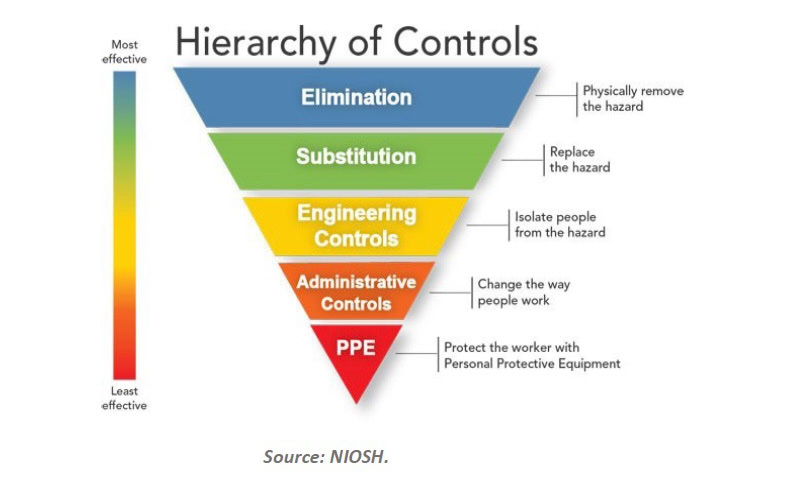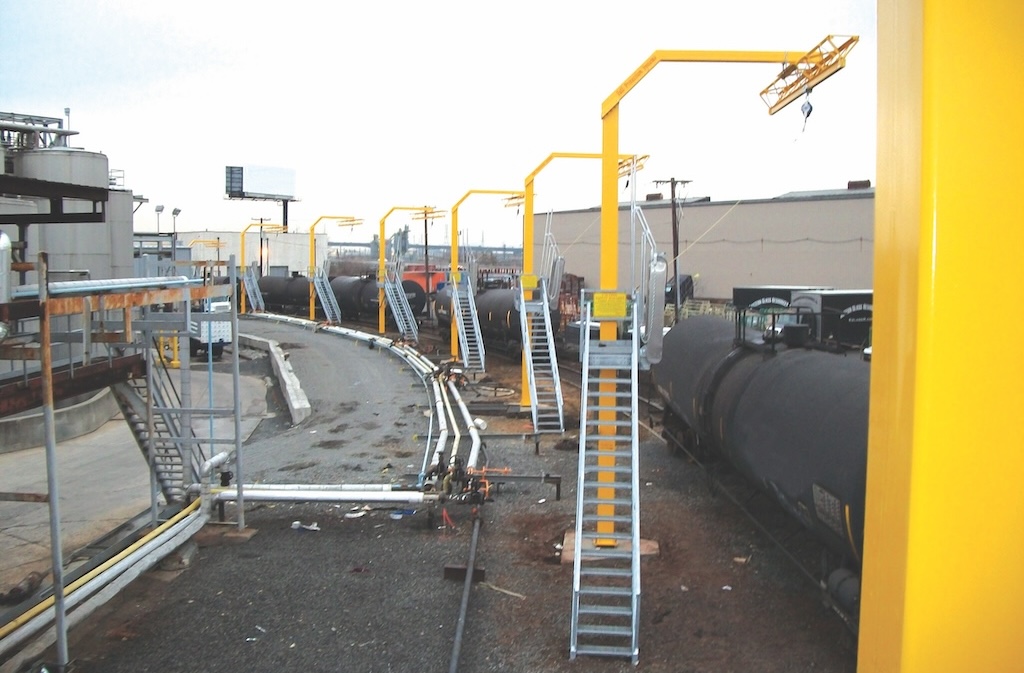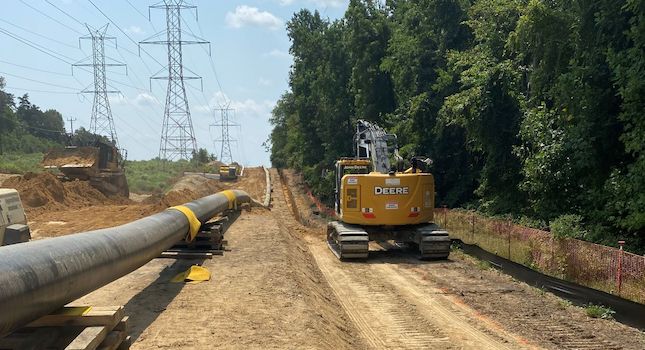Efficiency, Control, Reduced Emissions
The natural gas-fired burner is a cornerstone of industrial technology. Burners serve heat treating, non-ferrous metal smelting, aluminum melting, glass furnaces, dryers, and many other industrial operations. Although most burners are based on time-honored combustion technologies, burner manufacturers haven’t been resting on their laurels. Instead, there is a new generation of industrial burners, coupled with advanced controls, that has the potential to reduce manufacturing energy costs, increase productivity and, through better temperature control, improve your product quality. On top of that, these newer burners offer dramatically reduced NOx emissions.
Various Approaches to Efficiency
Burners come in a wide range of sizes and applications. Most are designed for a specific temperature range and firing rate to match specific industrial processes. Industrial process burners can be categorized as direct-fired or indirect-fired designs. In direct-fired systems, the surface being heated is directly exposed to combustion products. For many applications, this is no problem and is indeed the most efficient and economical system. Direct-fired designs are used for such applications as aluminum melting, ceramic kilns, and some types of heat treating.
With indirect-fired designs, combustion takes place within a tube or, sometimes, another type of enclosure. These are suitable where the process requires that the product be separated from combustion products. Examples of these burner applications include food and feed drying, and many types of metal heat treating processes.
With older indirect-fired designs, fuel efficiency was generally low because the combustion enclosure was often just a straight tube and the thermal component of the exhaust was high. Newer burner designs overcome much of this problem with the use of U- and even W-shaped tubes to create a longer combustion path. The newer indirect-fired designs also often have a recuperative or regenerative combustion approach.
Recuperative burners recover heat from the tube exhaust and use it to preheat fuel gases. Regenerative burners are alternately fired in opposite directions and discharge exhaust through a refractory bed or case, which captures a large portion of the heat. When the refractory is heated, the flow is reversed and the opposite end of the tube collects exhaust heat. The goal of both regenerative and recuperative designs is to capture heat energy that would otherwise be wasted.
Bloom Engineering provides a wide range of burners, with a special emphasis on the metals industries. Bloom spokesman Jim Checkeye says, “The main driving factors in the burner industry right now are NOx emissions and energy savings. Our work with regenerative and recuperative burners has resulted in great fuel savings for our customers all over the world.”
He says that the industry continues to make improvements in both of these key areas. “On those fronts, the systems will get ’smarter’ due to advancements in controls and related electronics. Simplicity and ease of operation will be the key.” Checkeye explains, “Bloom prefers to provide the controls with our burners since we feel we know best how they operate. Typically a third party is not involved. The OEMs (furnace builders) or end users at times have provided the controls.”
Manufacturers such as Hauck Manufacturing provide a wide range of burner options for all of the thermal process industries, including heat treating, secondary steel processing, brick and ceramics, glass, aluminum and other non-ferrous metal processing, air heating and aggregate drying. According to Hauck spokesperson Rick Carpenter, the firm has made numerous improvements in their burner product in recent years, including higher burner efficiency while simultaneously lowering NOx emissions. He explains, “This is achieved with higher temperature insulated burners that use staged introduction of preheated air. Higher efficiency is also enhanced with Hauck’s proprietary pulse firing system.”
The NOx Challenge
The other major development in industrial burners is great advances in reduction in burner exhaust NOx levels. These reductions have been driven by tightening state and federal emission standards and the improvements have been made possible by metallurgical and control improvements that allow burners to operate efficiently while keeping combustion temperatures below those that contribute to the formation of excess NOx.
According to Rick Carpenter from Hauck, industrial buyers today look closely at payback and return on investment. “This is an important factor, with a requirement of less than two years being common.” Carpenter also notes that owners are asking for more advanced combustion controls and state of the art burners to meet more stringent emissions requirements and fuel efficiency demands. “They increasingly look for the capability of combustion systems suppliers to also service this equipment due to limited in-house knowledge.”
Pulse Firing Technology
Hauck, as do most other burner companies, also provides control systems with the project. Carpenter says, “We specialize in pulse fire control technology and this requires our thorough understanding of the technique for successful implementation. We also design and sell many customized control systems and also stock several ‘off the shelf’ single burner control panels. That said, there are certainly times when we only provide the burners. In that case we work directly with the customer on their control designs.”
New Products Continually Appearing
Burner manufacturers offer a new generation of burners and controls featuring better heat recovery, longer service life and lower NOx emissions. For you as an owner, it is important to find the burner provider that understands your application and can provide a product that matches both your production needs and your regulatory limitations. The field of industrial burners is large and dynamic, with many new products for a host of applications
More Info
Bloom Engineering
www.bloomeng.com
Hauck Manufacturing Company
www.hauckburner.com
Maxon
www.maxoncorp.com
Pyronics, Inc.
www.pyronics.com



